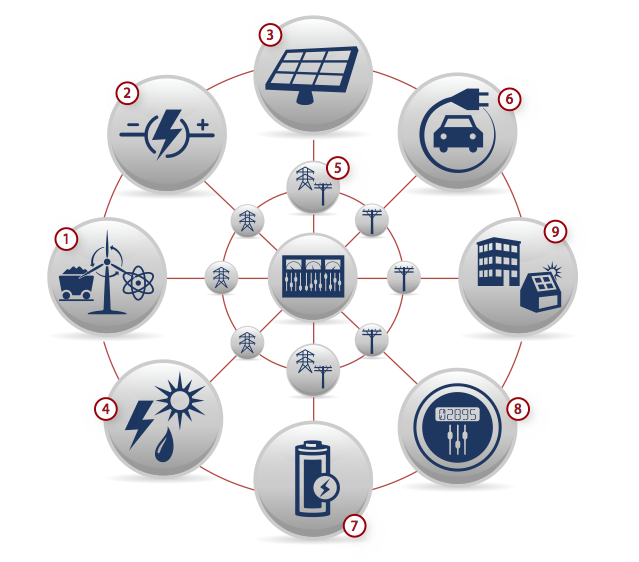 The last few years have seen advancements in energy technology improvements – particularly in the realm of efficiency, distributed generation, and the smart grid. However, many feel that the deployment of new technologies has been slowed by the political and regulatory challenges surrounding energy policy, along with the large number of stakeholders involved.
The last few years have seen advancements in energy technology improvements – particularly in the realm of efficiency, distributed generation, and the smart grid. However, many feel that the deployment of new technologies has been slowed by the political and regulatory challenges surrounding energy policy, along with the large number of stakeholders involved.
A new report from the Center for American Progress, “The Networked Energy Web,” aims to reorient the energy policy discourse, away from a partisan federal policy battle, and towards pursuing a bipartisan solution for the “massive technology-deployment challenge for the economy writ large.” The authors describe the introduction of information technology into the energy sector as catalyzing a fundamental transformation in the energy system. According to the report, the original grid was designed to achieve four objectives: universal access, affordability, reliability, and safety. The authors argue that those should be joined by four new objectives that should inform the development of the new energy system: clean and low-carbon, market and information transparency, consumer privacy, and security.
Many reports have documented the ways in which a networked grid will reduce carbon emissions and make the grid less susceptible to rolling blackouts and cyber-security threats, but CAP’s report goes to lengths to outline how integrating new information and communication technologies will “deliver radical efficiencies and productivity gains to our economy,” which it poses as the mutually desirable goal for policymakers from both political parties.
The report presents the overarching argument for why the U.S. needs to invest in this new, networked energy web and examines recent precedents both in public policy and private partnerships around information technology and telecommunications, which can provide a framework for understanding the underlying industry and infrastructure challenges in today’s electricity grid networks. The report concludes with a proposed policy rubric for unleashing private-sector innovation in the service of building a truly modern networked energy web.
What are the gaps or shortcomings of this conceptual model of the energy system? What are some of the key policies which the executive, legislative, and regulatory bodies can offer which will unleash the private sector?